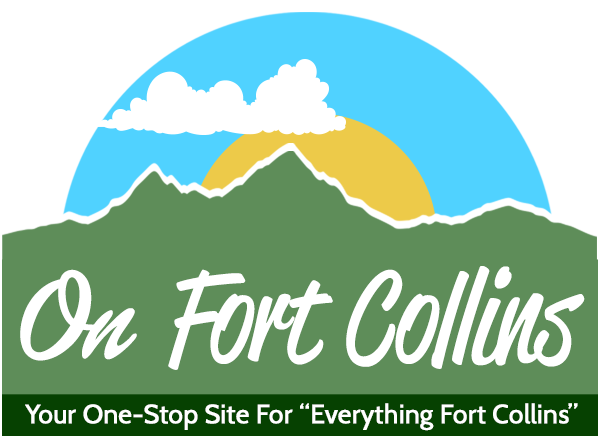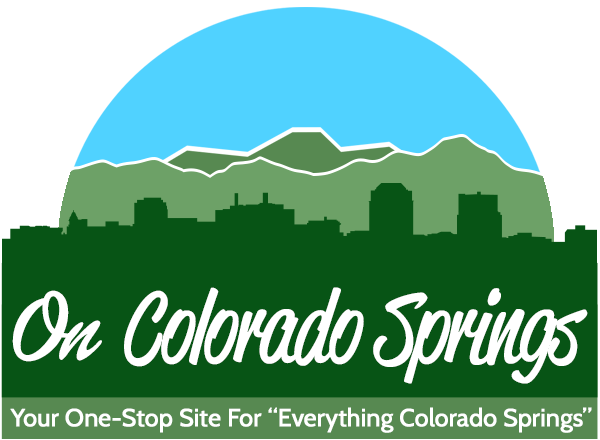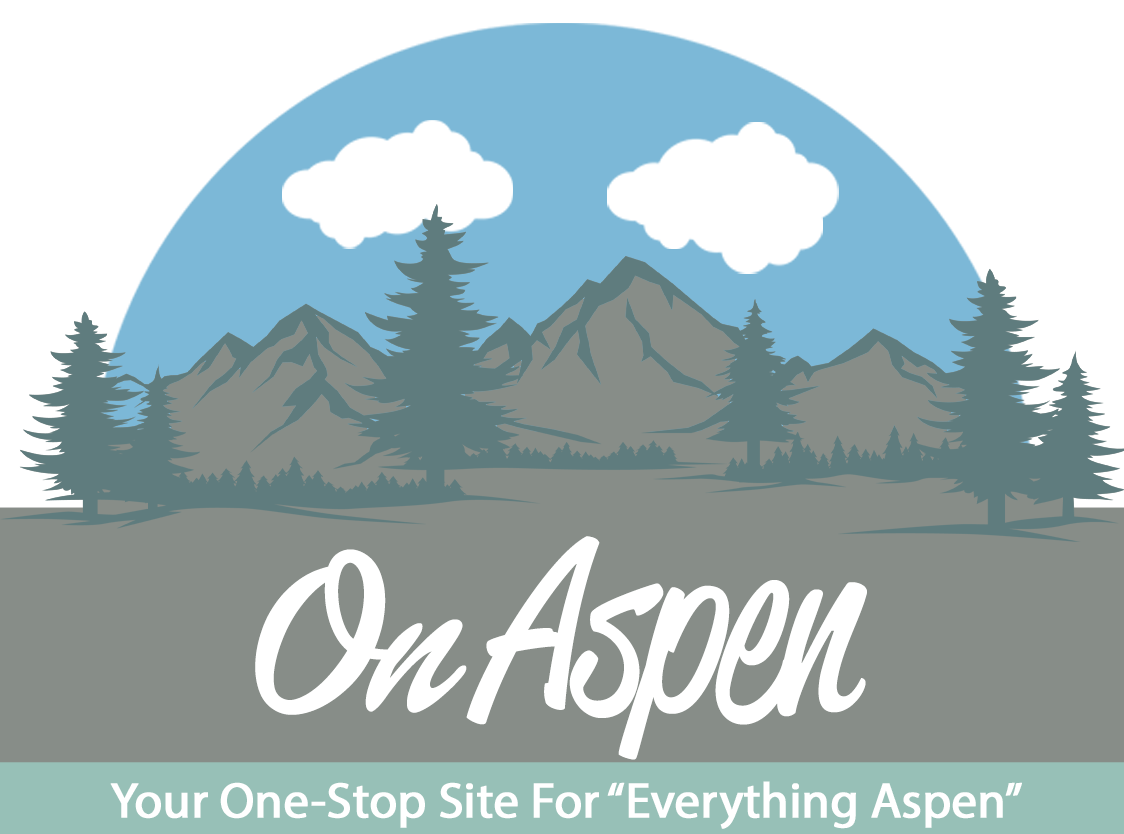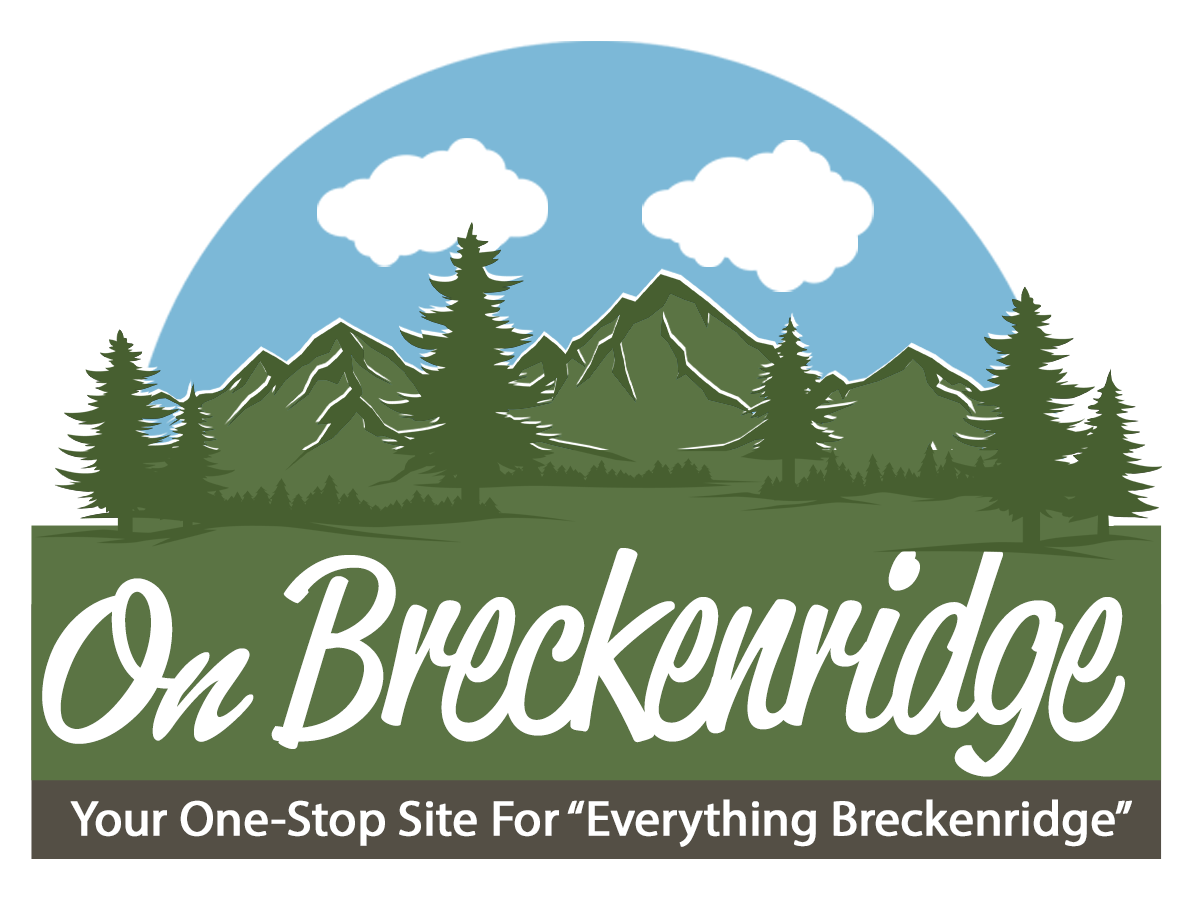Being Present
 The only way to do something, is to actually do it. Hitting a golf ball requires us to swing a golf club, just as riding a bike, requires us to ride a bike, just as giving a speech requires us to stand up and speak. On the surface, this appears quite obvious, but performing anything at the level we’re fully capable of requires us to dive a little deeper. Simply performing an action of hitting a golf ball, riding a bike, or giving a speech does not mean we’re going to get the results we desire. When we want to be at our best, we have to do more than just show up and go through the motions.
The only way to do something, is to actually do it. Hitting a golf ball requires us to swing a golf club, just as riding a bike, requires us to ride a bike, just as giving a speech requires us to stand up and speak. On the surface, this appears quite obvious, but performing anything at the level we’re fully capable of requires us to dive a little deeper. Simply performing an action of hitting a golf ball, riding a bike, or giving a speech does not mean we’re going to get the results we desire. When we want to be at our best, we have to do more than just show up and go through the motions.
Maximizing our ability within our chosen endeavor requires being present in each and every moment. The singular difference between doing something and being a part of it, is presence. When we do something, we do not have to be present in the moment. We can simply go through the motions. In these instances, our performance will commensurate with our lack of complete engagement, and our results will be marginal, baseline, or even acceptable pending how engrained the action is. The more experience we have with an action, the stronger that neural pathway is and the easier we can slip into ‘autopilot’ mode; think tying your shoes, brushing your teeth, washing the dishes, some interactions and conversations you have with co-workers, friends, or family, or scarily, even driving. When we’re in the moment however, we are one with what we are doing, orienting our full effort on that singular moment of the process. In doing this, we harness our full, maximal ability and the outcome is a direct reflection. This is a constant across anything we pursue; work, sport, personal relationships, or routine chores. Our best effort in anything and everything requires us to be present. Being where we physically are, in the moment. Nowhere else.
In our modern-day society full of its limitless distractions, remaining in the moment can be difficult. There are multitude of inconsequential things continually streaming into our lives, competing for our attention. Our phones are a primary and powerful example. Additionally, at times we can be pulled away by the past, or what is yet to come. Yet none of them are relevant to where we presently are. If we want to drive that golf ball 350 yards straight down the fairway vice simply hitting it, go with the break in a bike race vice just pedaling along, or give the most useful, crowd engaging and enlightening speech vice just talking to them, we have to be present in the moment. When we’re thinking about what we need to do at work, the text message we just heard ping into our inbox, the past, or the future, we’re not in the moment and our performance is going to reflect it. We’re going to send that drive into the rough, we’re going to miss the key break in the race, and we’re going to leave out or neglect to overemphasize the key point of our speech.
Our awareness is central to being in the moment. As we step into the tee box, ride down the road in the race, or walk into the auditorium, in using our awareness, we are better able to reside in the present moment, vice going somewhere else, and are better positioned to perform at our maximal level. In further using our awareness as we continue, we are able to realize when we have been pulled out of the present moment, to somewhere else. In these instances, we can act, bringing our self-back into the present moment, where we can double down on the process, getting back on the path toward results commensurate with our abilities.








